
Fluctuating auxin response gradients determine pavement cell-shape acquisition (PNAS)
Plant Science Research WeeklyThe leaf epidermis is composed primarily of undulated pavement cells arranged in a jigsaw puzzle-like architecture, with neighboring cells flawlessly interlacing with one another thanks to synchronized growth, thus making it an ideal model to study morphogenesis regulation. Seeking to better understand…
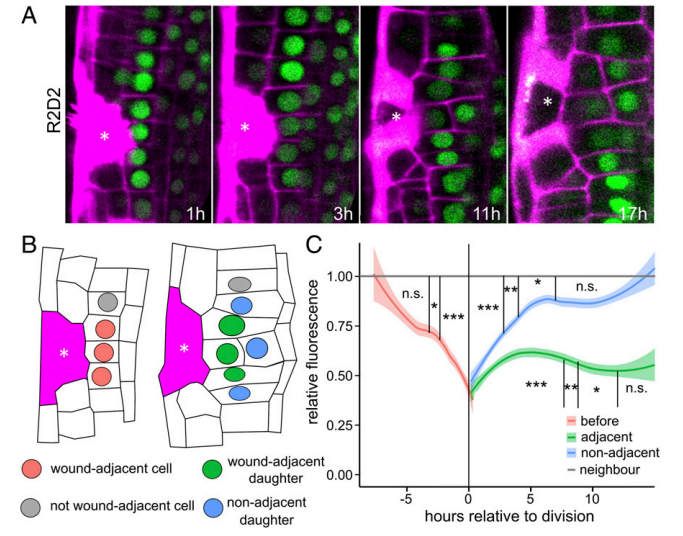
Divide to heal: auxin regulates wound-induced cell division in roots (PNAS)
Plant Science Research WeeklyAmong the stresses that sessile plants face, wounding is peculiar as it can be caused by both biotic and abiotic sources. While studies of wounding in animal systems have largely focused on the repair mechanisms, less is known about wound healing in plants. In an attempt to throw light on this, Hoermayer…
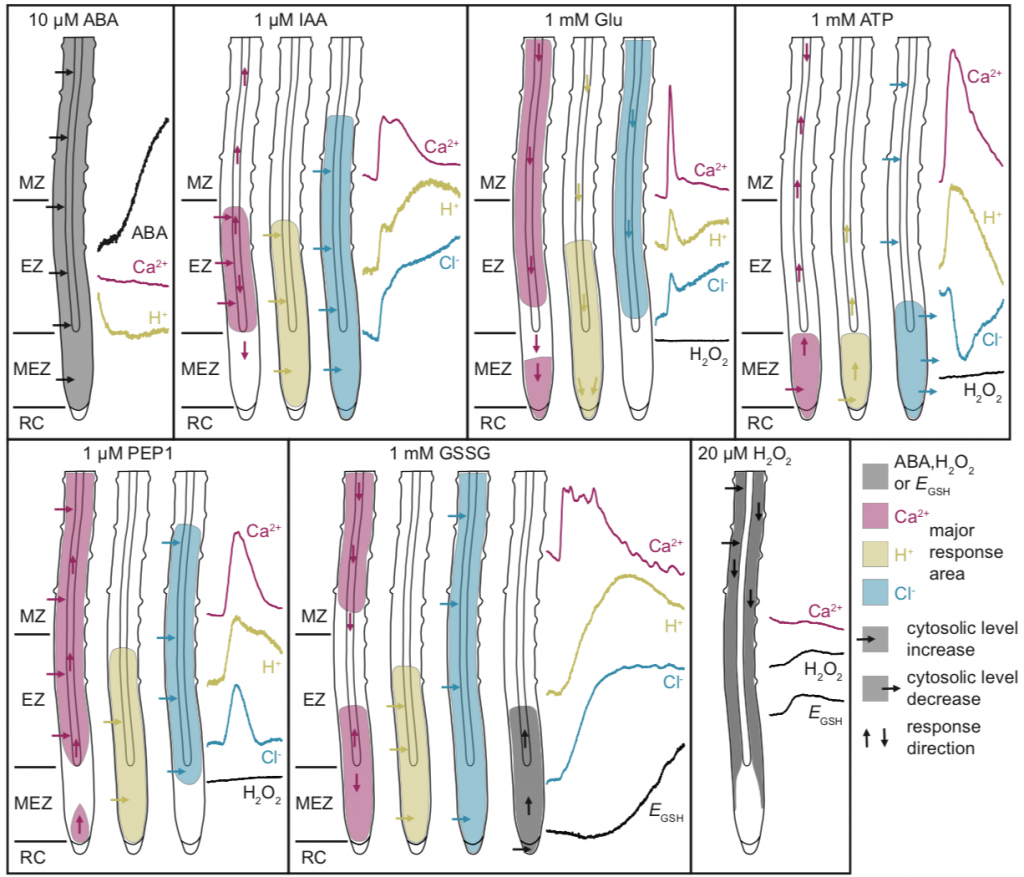
Dual-sensing genetically encoded fluorescent indicators, ABA and second messenger dynamics (Plant Cell)
Plant Science Research WeeklyResponses to a changing environment require an interplay between primary and secondary messengers. Hormones like abscisic acid (ABA), auxin etc. act as a primary messengers, whereas molecules like Ca2+, reactive oxygen species (ROS), other cations and anions act as a secondary messenger. In this paper,…

SMAX1-dependent seed germination bypasses GA signalling in Arabidopsis and Striga (Nature Plants)
Plant Science Research WeeklyStrigolactones (SL) are germination cues for parasitic plants, as their seeds will not germinate until they perceive SL exuded from the host plant. In contrast, gibberellins (GA) are the dominant germination hormone in non-parasitic plants; GA-mediated degradation of DELLA repressors permits germination.…
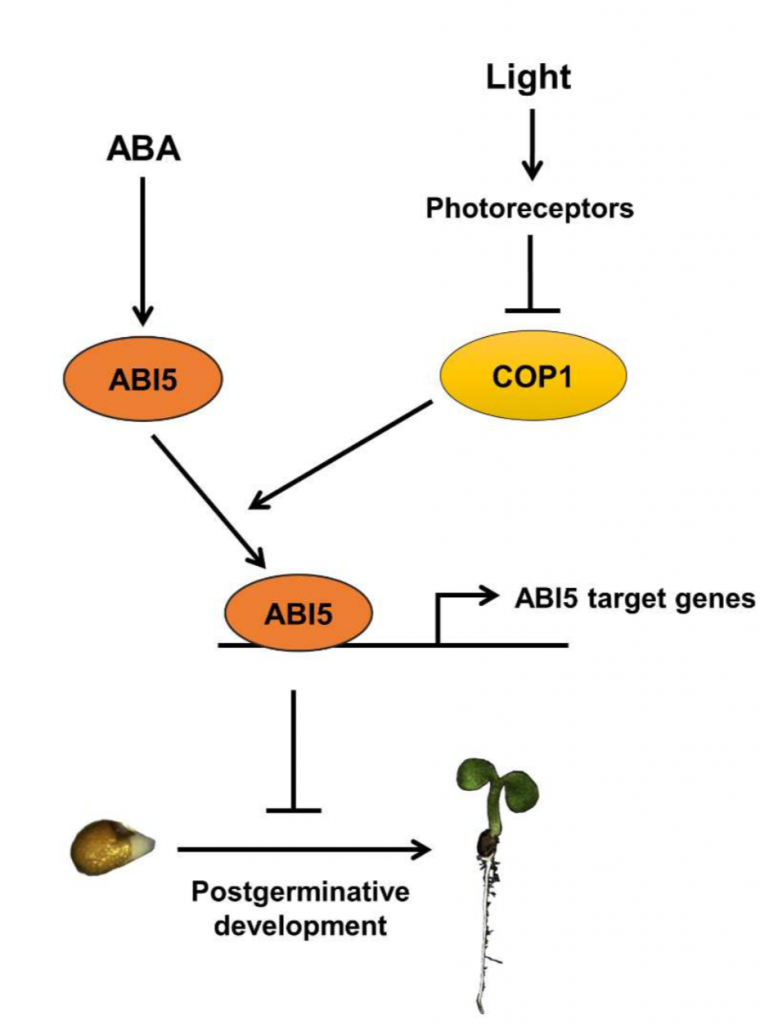
Post germination seedling establishment by ABA in response to light (Plant J.)
Plant Science Research WeeklyAbscisic acid (ABA), is implicated in reversible inhibition of seed germination (emergence of radicle) and post-germination seedling establishment (formation of green open cotyledons) during unfavorable conditions. Yadukrishnan et al. analyzed the role of light in ABA- mediated inhibition of post germination…

ARGONAUTE2 enhances grain length and salt tolerance by activating BIG GRAIN3 to modulate cytokinin distribution in rice (Plant Cell)
Plant Science Research WeeklyIs it possible to simultaneously increase two incompatible features like grain yield and stress tolerance? Yin et al. suggest that optimizing cytokinin distribution in plant tissues is a promising strategy for that. ARGONAUTE2 (AGO2) and BIG GRAIN3 (BG3) genes work together promoting at the same time…

Symplastic auxin transport: Active, passive or both? (Curr. Biol.)
Plant Science Research WeeklyAdjacent cells in plants are connected by cytoplasmic connections called plasmodesmata (PD) and the movement through PD is called symplastic movement. Studies have shown that auxin transport between cells is protein-dependent, but it is not clear whether it can also move freely in the symplastic pathway.…
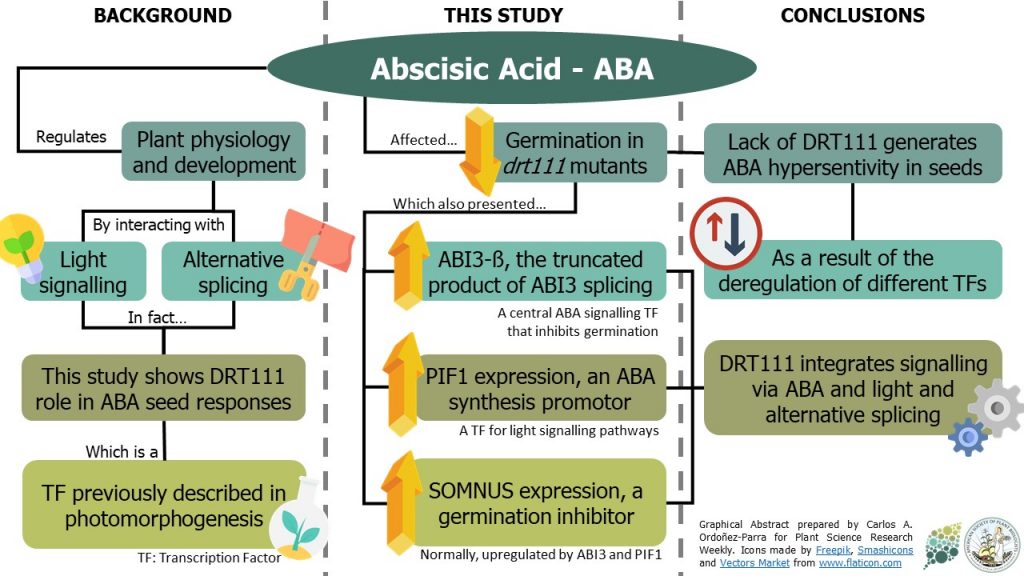
DRT111/SFPS splicing factor controls ABA sensitivity during seed development and germination (Plant Physiol)
Plant Science Research WeeklyAbscisic acid (ABA) acts on different plant physiological and developmental processes by quite complex mechanisms. In fact, some of these processes interact with light signaling and some are controlled by alternative splicing. In this paper, Punzo et al. show that DRT111 – a splicing factor previously…
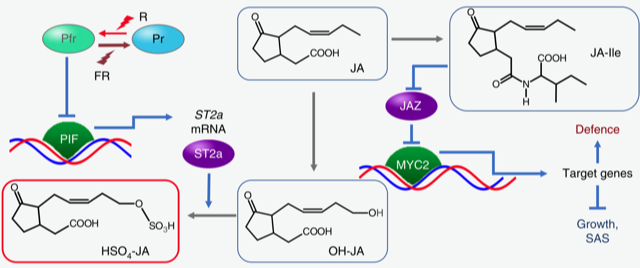
A molecular link between photoreceptors and jasmonates (Nature Plants)
Plant Science Research WeeklyPlants balance their efforts on growth and defense depending on the situation. Competitive conditions signaled by the low ratios of red (R) to far-red (FR) light suppress defense responses mediated by the plant hormone jasmonate (JA), presumably for allocating more resources to promote plant growth.…

